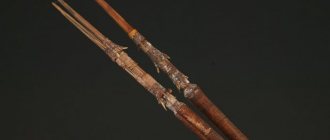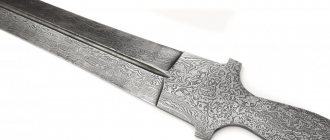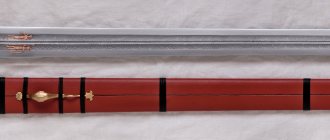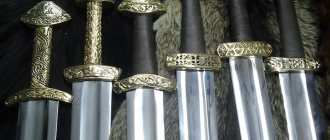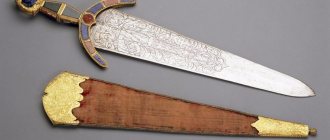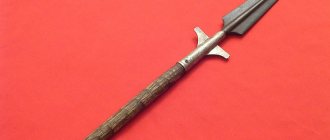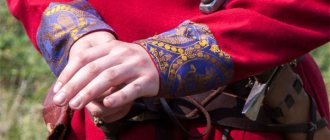The Roman state, which owned vast territories and turned the Mediterranean Sea into its own lake, had many advantages over other states. It was impossible to create an empire of this size without creating a combat-ready and numerous army. This army recruited the best citizens and was armed with modern weapons at that time.
The Romans not only improved their war tactics by abandoning the phalanx and switching to a manipulative formation. Close combat tactics were also changed; the legionnaires received a gladius, a sword that had proven its effectiveness for hundreds of years.
The history of the sword
During clashes between the Roman Republic and Celtic tribes in the 3rd century BC. The Romans were introduced to a short sword with a wide blade. There are several options for the origin of the name of the weapon. The Romans called the first varieties of this weapon the “Spanish sword.” This is due to the work carried out by the Spanish company.
It was at that time that the sword became most famous. But the Celts called their swords “kladyos” and the blade looked like a plant stem, pronounced “gladii” in Latin. At the very beginning of the use of the gladius sword by the Romans, it was considered an auxiliary weapon. He helped finish off the enemy, or defend himself in case of losing a spear.
During the time of army reforms carried out by Gaius Marius, the importance of the gladius grew. All warriors received the same equipment, armor and weapons. Blacksmiths create thousands of short Roman swords for legionnaires. They did not pay attention to the quality of the steel; the blade was wide and short, and it was difficult to break it.
But the products were rather weak in bending. After battles, Roman legionnaires often jumped on their swords to straighten them. The battle tactics have changed, the spear fades into the background.
At first, spears were thrown at the enemy, and then the battle turned into hand-to-hand combat, where the gladius was used.
The warriors, protected by large shields, attacked in dense formations. This is where stabbing blows with a sword were used. The Roman army did not have a large cavalry; it relied on the combat capabilities of the infantry.
Modern replicas of the gladius sword.
Spata or recipe against barbarians
By the third century, even the Pompey-type gladius was not effective enough.
The enemies were pressing. The tactics of the legions became more defensive than offensive, as in previous centuries. There was an urgent need for longer swords, suitable for single combat or fighting in a relatively free formation.
And then the Roman infantry armed themselves with the cavalry sword, known as the "spata".
Its hilt remained the same as that of a gladius, made of wood and bone, but the length of the blade extended to 70–80 cm. Sometimes you come across spathas with a blade reaching a length of 85 cm or more!
Spata, II - III century AD. Total length 88 cm, blade length 70.3 cm, maximum blade width 4.7 cm. The sword was heavily corroded, but retained the hilt parts made of bone.
Spata performed well in clashes with the barbarians, the main enemies of Rome at that time.
However, it so happened that the barbarians themselves gladly went to serve in the Roman army. On the other hand, the Romans avoided the hardships of military service, and as a result, the percentage of barbarians among the legionnaires grew every year. (Does not resemble the situation in Russia
